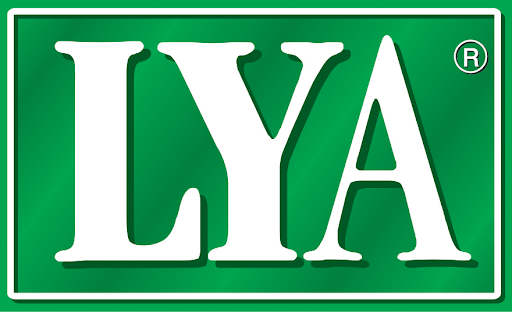This LYA c-Ahead White Paper summarizes the status of newly developed regulatory frameworks for supplemental mobile coverage by satellite leveraging the spectrum of terrestrial mobile network operators (MNOs). Based on decisions published by regulators up to now, this Paper covers the status of the regulatory framework in a few countries, namely the US, Canada, Australia, and the United Kingdom.
Key satellite operators in this market, at the moment, include SpaceX, AST SpaceMobile (AST) and Lynk Global (Lynk), all of which rely on communication with conventional terrestrial mobile bands such as cellular (850 MHz), PCS (1.9 GHz) and others.
A different approach for D2D service is also being pursued by Mobile Satellite Service (MSS) licensees, such as Globalstar, which has been providing its short message service (SMS or text messaging) by satellite via Apple since 2022, and other MSS licensees such as Terrestar and Iridium. These approaches do not generally require a new regulatory framework, are supported by the existing MSS licensing regime, and are not discussed herein.
A key difference between the two approaches is that leveraging terrestrial spectrum held by MNOs enables the D2D service to be supported by mobile handsets without any change. This means that new satellites need to be put into orbit by the satellite operators to include terrestrial mobile spectrum blocks, repurposed to communicate with the satellites.
On the other hand, using MSS spectrum (typically in the 2 GHz range) requires either new handsets to be able to receive the MSS frequencies, as Apple did starting with iPhone 14, or a modification to current handsets.
Please contact us to get a copy of our c-Ahead Report – March 2025 – on the Regulatory Frameworks for Supplemental Coverage by Satellite. Please include the Report title in the message and we look forward to hearing from you.
